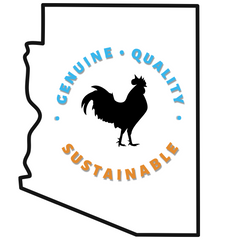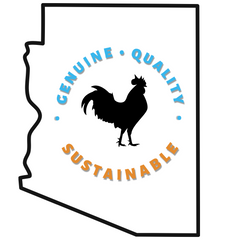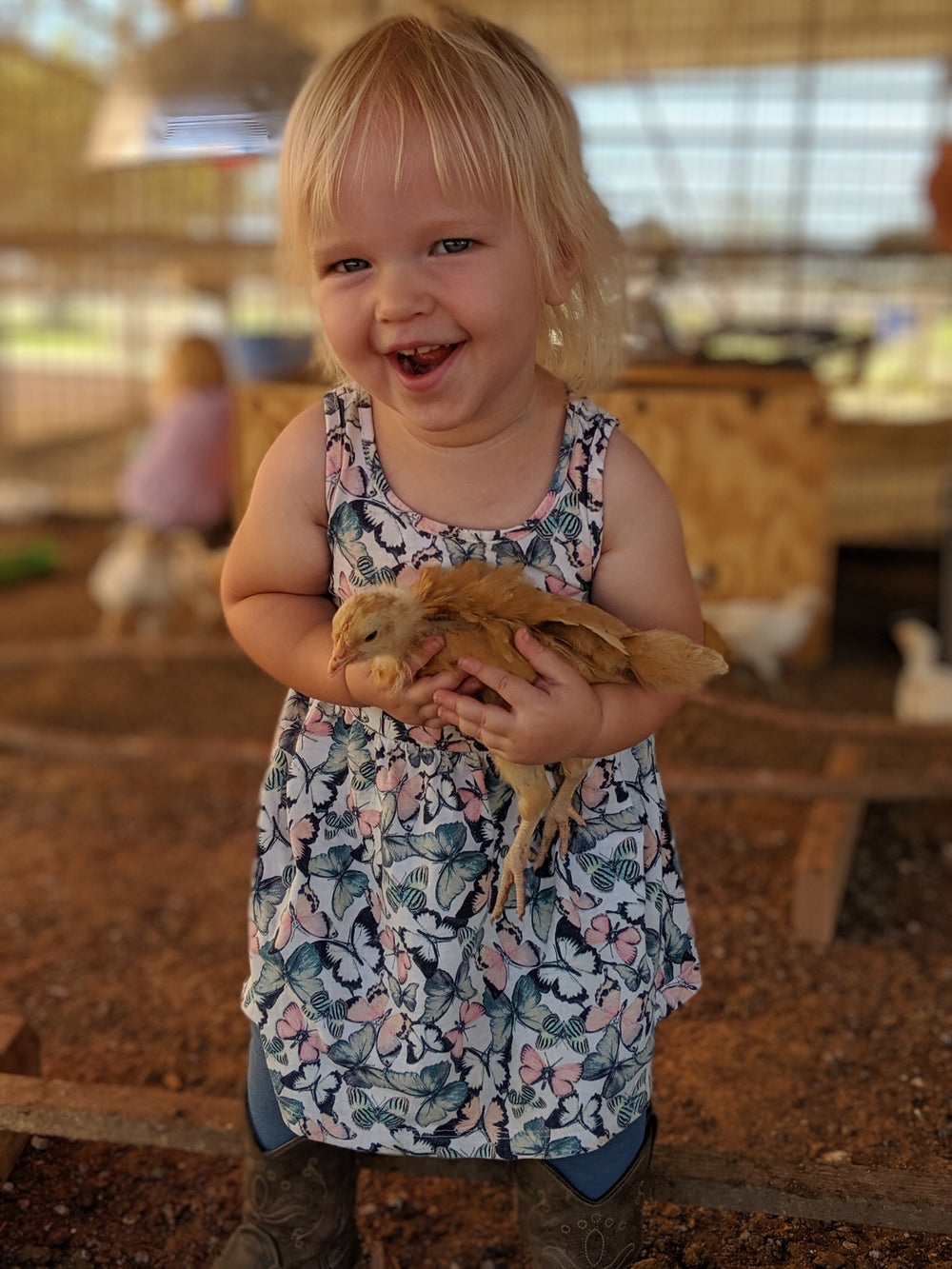Mix-and-match for free shipping when purchasing 6 or more perennial berries, vines, or crowns!
Flame Seedless grapes are a popular variety known for their medium-sized, bright red fruit with a crisp texture and bold sweetness. These grapes are perfect for fresh eating, adding to salads, or snacking. Thriving in full sun and well-draining soil, Flame Seedless vines are vigorous and highly productive, ripening mid-season. With their attractive color, delicious flavor, and versatility, Flame Seedless grapes are a must-have for home gardeners and vineyard enthusiasts.
- Bare Root Vine
- Variety: European
- Zones: 7-11
- Pruning: Cane or Spur Prune
- Harvest: July - August
- Fruit: Light red, attractive, seedless, sweet and crisp berry.
Flame Seedless Table Grape Vines are a popular variety in both home gardens and commercial vineyards due to their versatility, flavor, and productivity. These vines produce light red, seedless grapes that are sweet and crisp, making them ideal for fresh eating, wine production, and drying into raisins. With their ability to grow well in USDA zones 7-11, they are widely cultivated in warm climates, particularly in California, where the grape-growing industry thrives.
Growing Grapes: Understanding the Flame Seedless Variety
Flame Seedless is a European variety derived from the Vitis vinifera species. European grapes are favored for their wine-like flavors, tight skins, and their heat requirements for ripening. These traits make Flame Seedless well-suited for warm regions with long growing seasons. However, they do not perform as well in damp climates due to susceptibility to diseases like powdery mildew.
Flame Seedless thrives in sunny locations with deep, moderately fertile soils. Good drainage is essential, as grapevines do not tolerate waterlogged conditions. In areas with heavy soils, amending the soil with organic matter and creating raised beds may help improve drainage. Flame Seedless vines are self-rooted, meaning they grow from cuttings rather than grafted onto rootstock. These vines are known for being vigorous and productive, but regular care is needed to ensure high-quality fruit production.
Climate Requirements and Planting
Flame Seedless grapes are best suited for warm climates, with USDA hardiness zones 7-11 providing the ideal growing conditions. In regions with hot summers, these vines excel due to their high heat requirement for proper ripening. However, in cooler areas or those with shorter growing seasons, they may struggle to fully mature.
When planting Flame Seedless grapevines, choose a location with full sun exposure, as grapes need at least 6-8 hours of direct sunlight per day for optimal growth and fruit production. The site should also have good air circulation to help prevent diseases like mildew, which can be problematic in more humid conditions.
Soil Preparation
Grapevines prefer deep, well-draining soils that are moderately fertile. Before planting, it is important to prepare the soil by removing any weeds or debris and tilling the soil to loosen it up. Adding compost or organic matter can improve soil fertility and structure. If planting multiple vines, space them about 6-8 feet apart to allow for sufficient airflow and room for growth.
Dig a hole large enough to accommodate the vine’s roots, ensuring that the crown (where the roots meet the stem) is level with the soil surface. After planting, water the vines thoroughly to help them establish, and consider applying a layer of mulch around the base of the plant to conserve moisture and suppress weed growth.
Grape Pruning for Fruit Production
Proper pruning is essential for Flame Seedless vines to maintain their shape, health, and fruit production. Grapes require regular pruning to remove old wood and encourage the growth of new fruiting canes. Flame Seedless can be pruned using either cane or spur pruning techniques, depending on your trellis system and the specific goals for the vine.
Cane pruning involves selecting a few strong canes from the previous year’s growth and cutting them back to leave around 10-15 buds per cane. This method is commonly used for European grape varieties like Flame Seedless. Spur pruning, on the other hand, involves cutting back fruiting canes to leave short, two- to three-bud spurs along the main vine. This technique is often used in more vigorous varieties and can result in smaller clusters of fruit but with better airflow and reduced disease risk.
Regardless of the pruning method chosen, it’s important to prune grapevines during the dormant season, usually in late winter, before new growth begins in the spring. Regular
pruning helps control the size of the vine, prevents overcrowding, and encourages the production of larger, higher-quality grape clusters.
Watering and Fertilizing
Once established, Flame Seedless grapevines are fairly drought-tolerant, but they will benefit from consistent watering, especially during dry periods and the growing season. Water deeply, ensuring that the moisture reaches the vine’s root zone, but be cautious not to overwater, as waterlogged soils can lead to root rot and other issues.
For fertilization, grapevines typically do well with minimal feeding. In the first year after planting, avoid heavy fertilization to encourage the vine to establish deep roots. In subsequent years, applying a balanced fertilizer in early spring can support healthy growth. Organic options, such as compost or aged manure, can also be beneficial for maintaining soil fertility and structure.
Managing Pests and Diseases
Although Flame Seedless is resistant to cracking, it is susceptible to powdery mildew, which can affect fruit quality and overall health. Powdery mildew is a fungal disease that thrives in warm, humid conditions and can be controlled through regular spraying with sulfur or other fungicides approved for grapevines. Proper pruning and maintaining good air circulation around the vines can also help prevent the spread of mildew.
Other common pests that may affect Flame Seedless grapevines include grape leafhoppers, spider mites, and birds. Using organic insecticides, introducing beneficial insects, and installing bird netting can help manage these issues and protect the fruit.
Harvesting Grapes: When and How
Flame Seedless grapes are typically harvested in July and August, depending on the climate and growing conditions. The grapes should be fully ripe before picking, as they do not continue to ripen after being harvested. Ripe grapes will have a consistent light red color, and the flavor should be sweet and crisp.
When harvesting, use sharp pruning shears to cut the clusters from the vine, taking care not to damage the stems or surrounding foliage. Flame Seedless grapes grow in large, open clusters, and they keep well once harvested, making them ideal for fresh eating or drying into raisins.
Flame Seedless Grapes for Wine Production and Table Grapes
While Flame Seedless is primarily grown as a table grape for fresh consumption, it can also be used for making raisins or wine production. The grapes’ sweet, fruity flavor makes them suitable for producing light, refreshing wines, although they are less commonly used in winemaking compared to other European varieties like Cabernet Sauvignon or Chardonnay.
For those interested in using Flame Seedless grapes for wine production, it’s important to note that the vines require regular care and attention to ensure the highest quality fruit. Proper pruning, watering, and pest management will all play a role in achieving the best results.
Ornamental Uses
In addition to fruit production, Flame Seedless grapevines can serve as attractive ornamental plants. Their lush green foliage and climbing habit make them well-suited for arbors, trellises, or leafy walls, providing shade during the summer months. The vines’ ability to grow vigorously and cover structures quickly adds an element of beauty to any garden or landscape.
Conclusion
Flame Seedless Table Grape Vines are a versatile and productive variety that can be enjoyed fresh, dried, or even in winemaking. With their resistance to cracking, sweet flavor, and seedless character, they have become one of America’s most popular table grapes. By providing the right growing conditions, regular pruning, and proper pest management, Flame Seedless grapevines can thrive and offer bountiful harvests year after year. Whether grown for fruit production or as an ornamental feature, these vines are a valuable addition to any garden in USDA zones 7-11.
Browse our collection of Table Grapes.
Use collapsible tabs for more detailed information that will help customers make a purchasing decision.
Ex: Shipping and return policies, size guides, and other common questions.
Affiliate Discretion
AZ Chickens participates in affiliate marketing programs. This means that we may earn a commission or receive compensation for recommendations made through our site.
It's important to note that using our affiliate links does not result in any additional cost to you. The priice of the product or servicve remains the same.
Our primary goal is to provide valuable and helpful content, products and services to our customers. Any earnings from affiliate links, or purchases help support our homestead.










